Chhattisgarh Switch to Hindi
Charan Paduka Scheme
Why in News?
The Chhattisgarh government has revived the Charan Paduka scheme, a footwear scheme aimed at benefiting tendu leaf collectors across the state.
- The scheme will benefit over 1.24 million tendu leaf collectors, and the state government has approved a budget of Rs 40 crore for its implementation.
Key Points
- About the Scheme:
- The Charan Paduka scheme was originally launched in November 2005 by the state government.
- The scheme provides one pair of footwear per year to up to two family members, aged 18 years or above, involved in tendu leaf collection.
- Initially, only one male member per family qualified. However, in 2008, the government extended eligibility to female members as well.
- The scheme applies exclusively to native residents of Chhattisgarh.
- Significance of the Relaunch of the Scheme:
- The relaunch reflects the government’s firm commitment to uplifting tribal and forest-dependent communities.
- Tendu leaf collectors’ families play a vital role in preserving forest-based livelihoods and sustaining Chhattisgarh’s traditional economy.
- Reaffirming support for forest livelihoods, CM announced a hike in the tendu leaf collection rate from Rs 4,500 to Rs 5,500 per standard sack.
Tendu Leaves
- About:
- Tendu (Kendu) leaf, also called the green gold, is a Non-Timber Forest Produce (NTFP).
- The botanical name of the Tendu leaf is Diospyros Melanoxylon.
- The leaves are used to wrap bidis, a popular smoke among the locals.
- States Producing Tendu Leaves:
- The states producing bidi leaves in India comprise mainly Madhya Pradesh, Chhattisgarh, Odisha, Andhra Pradesh, Jharkhand, Gujarat and Maharashtra.
- Significance:
- Medicament:
- Traditional medical practitioners use these tiny fruits of Kendu to treat malaria, diarrhoea and dysentery.
- Due to their antimicrobial properties, the leaves are applied on cuts and bruises as well.
- Source of Livelihood:
- Tendu leaves are the major source for tribal villages, since it is the most prominent Minor Forest Produce (MFP) of the state.
- MFP includes all non-timber forest produce of plant origin and includes bamboo, canes, fodder, leaves, gums, waxes, dyes, resins and many forms of food including nuts, wild fruits, honey, lac, tusser etc.
- They form a major portion of their food, fruits, medicines and other consumption items and also provide cash income through sales.
- Tendu leaves are the major source for tribal villages, since it is the most prominent Minor Forest Produce (MFP) of the state.
- Medicament:


.png)



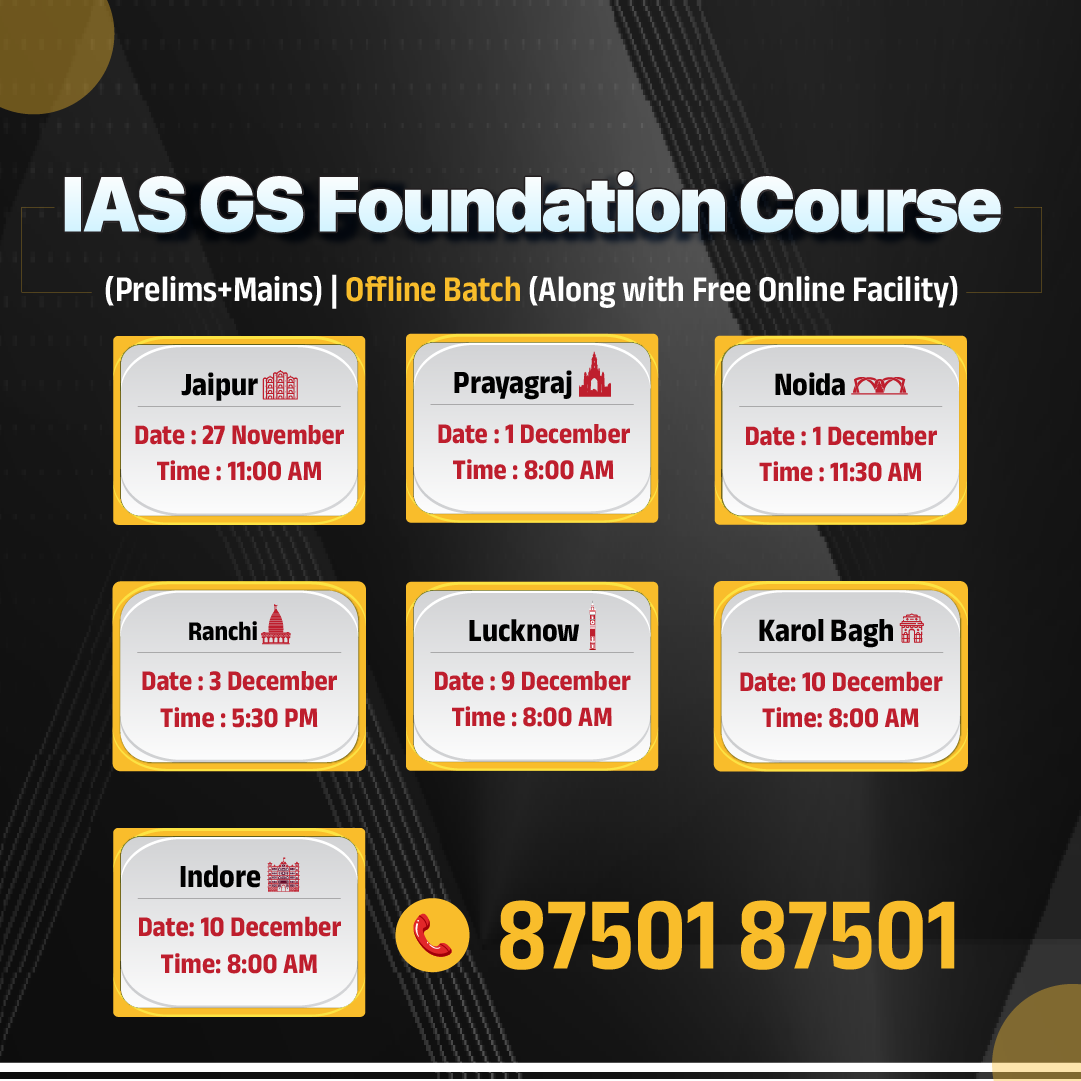
.jpg)
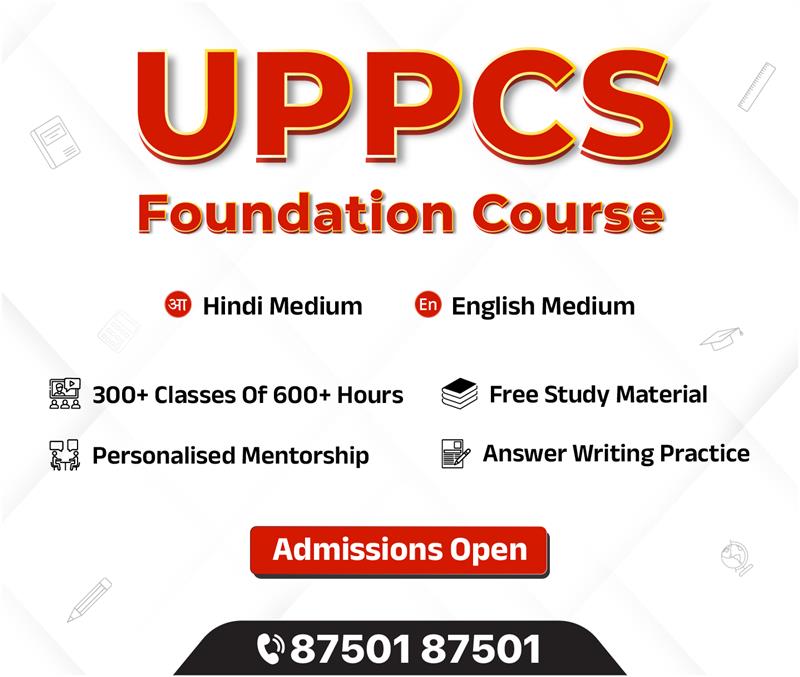





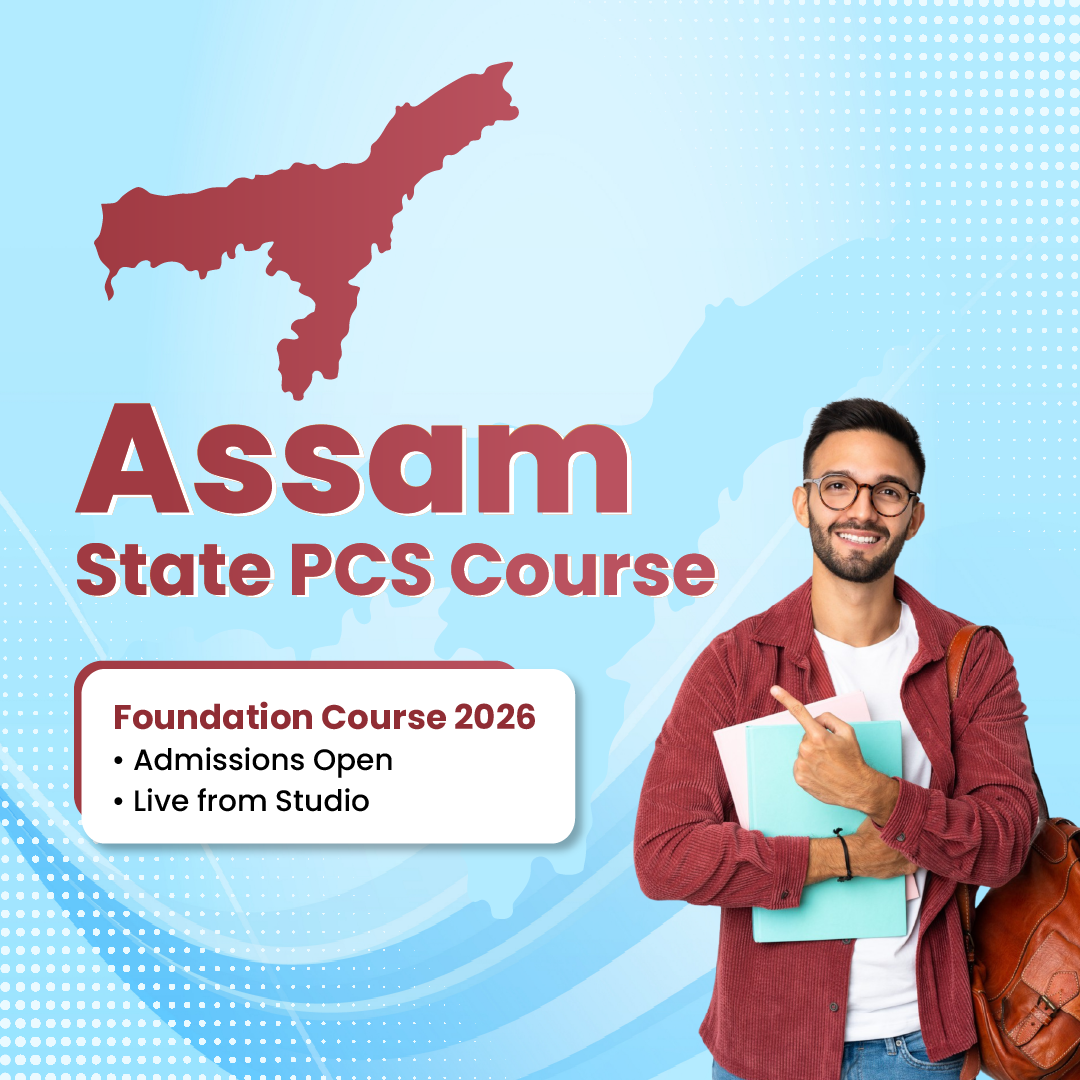

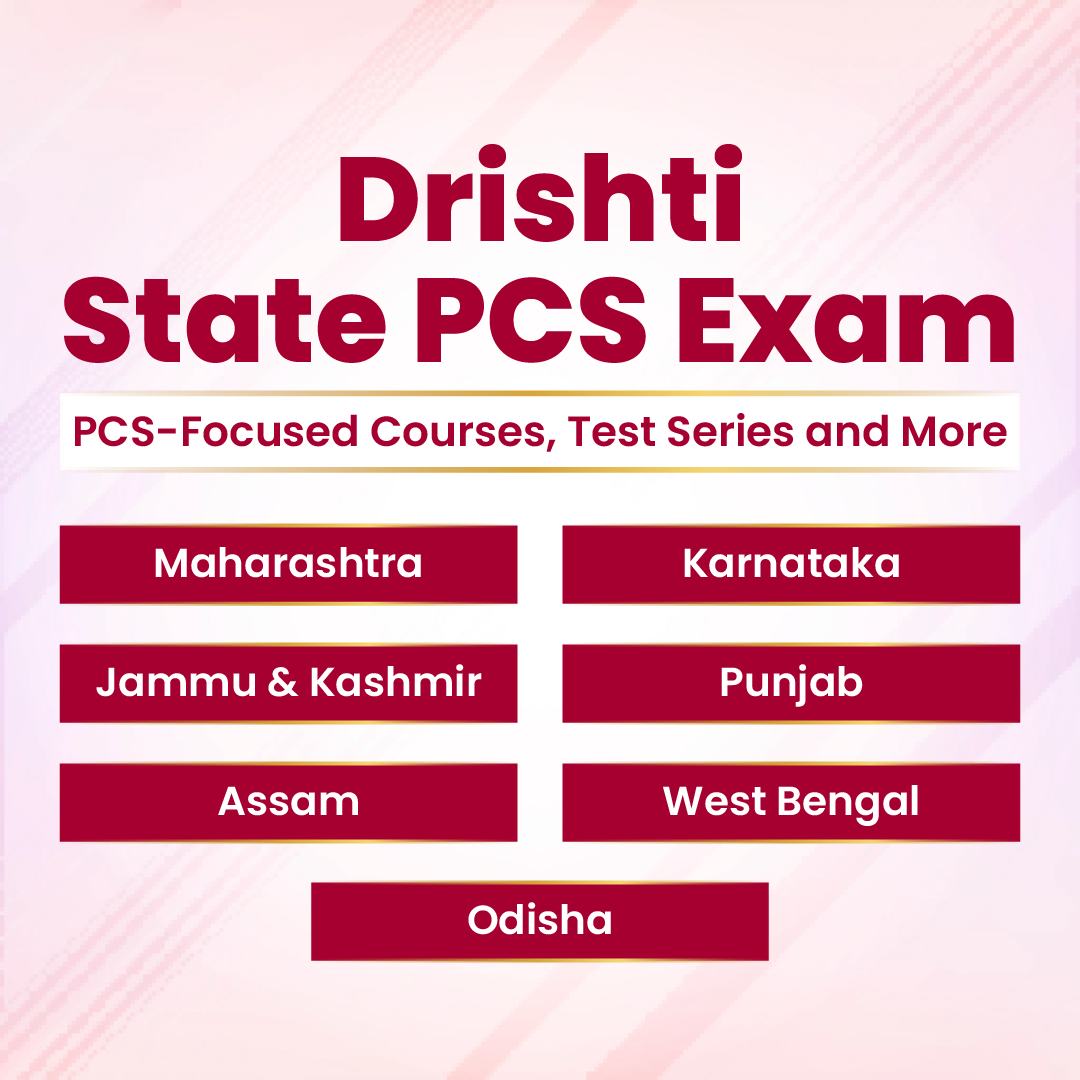

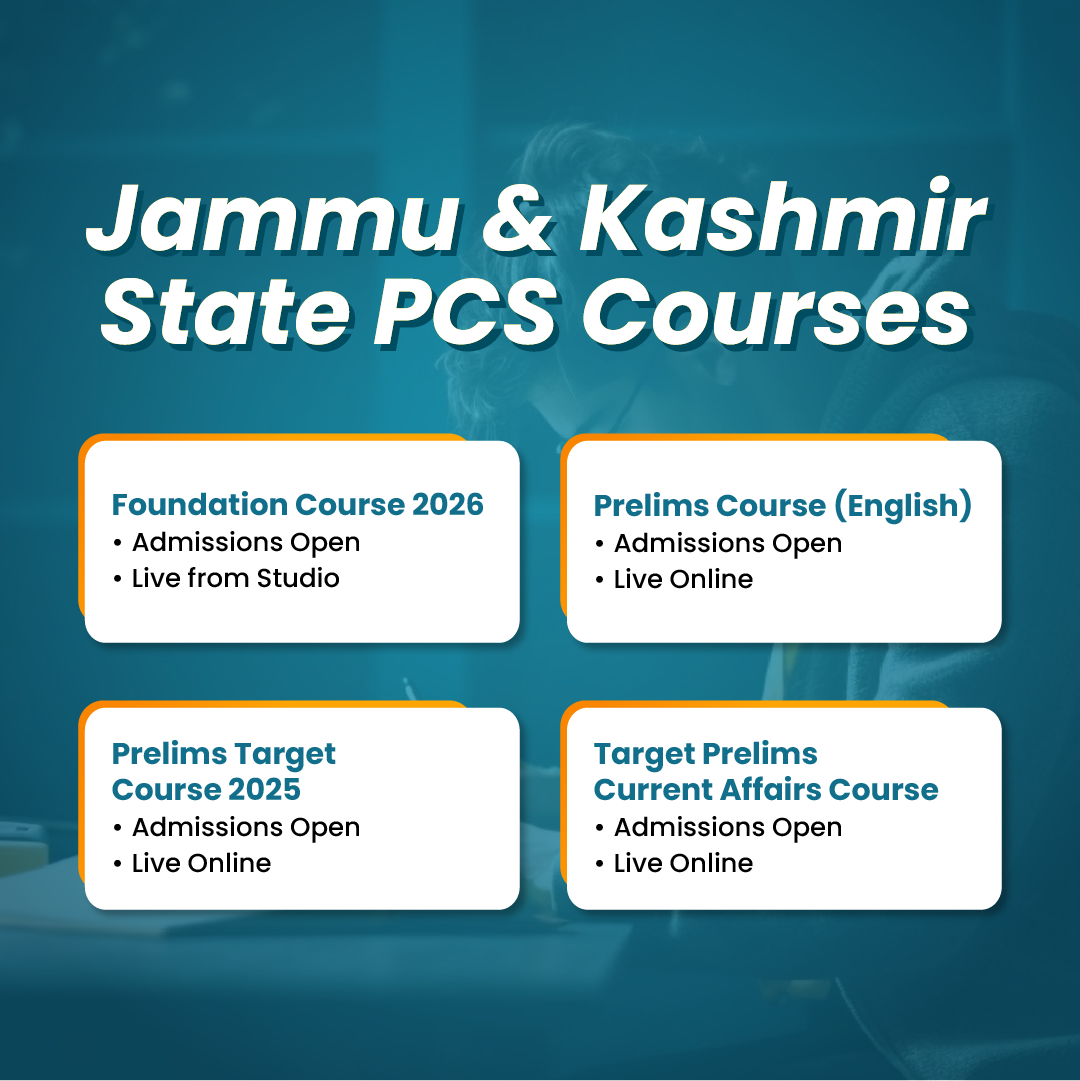

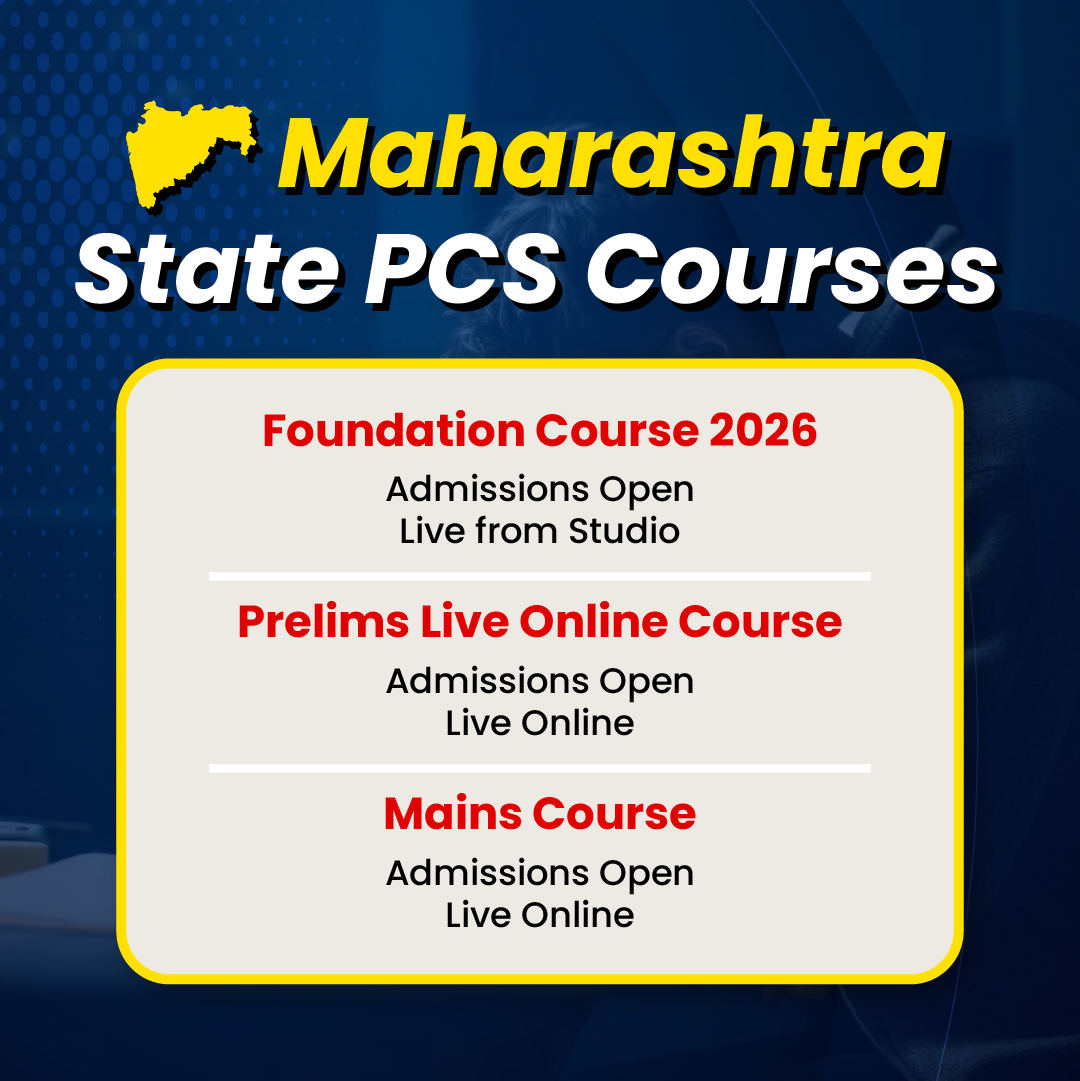

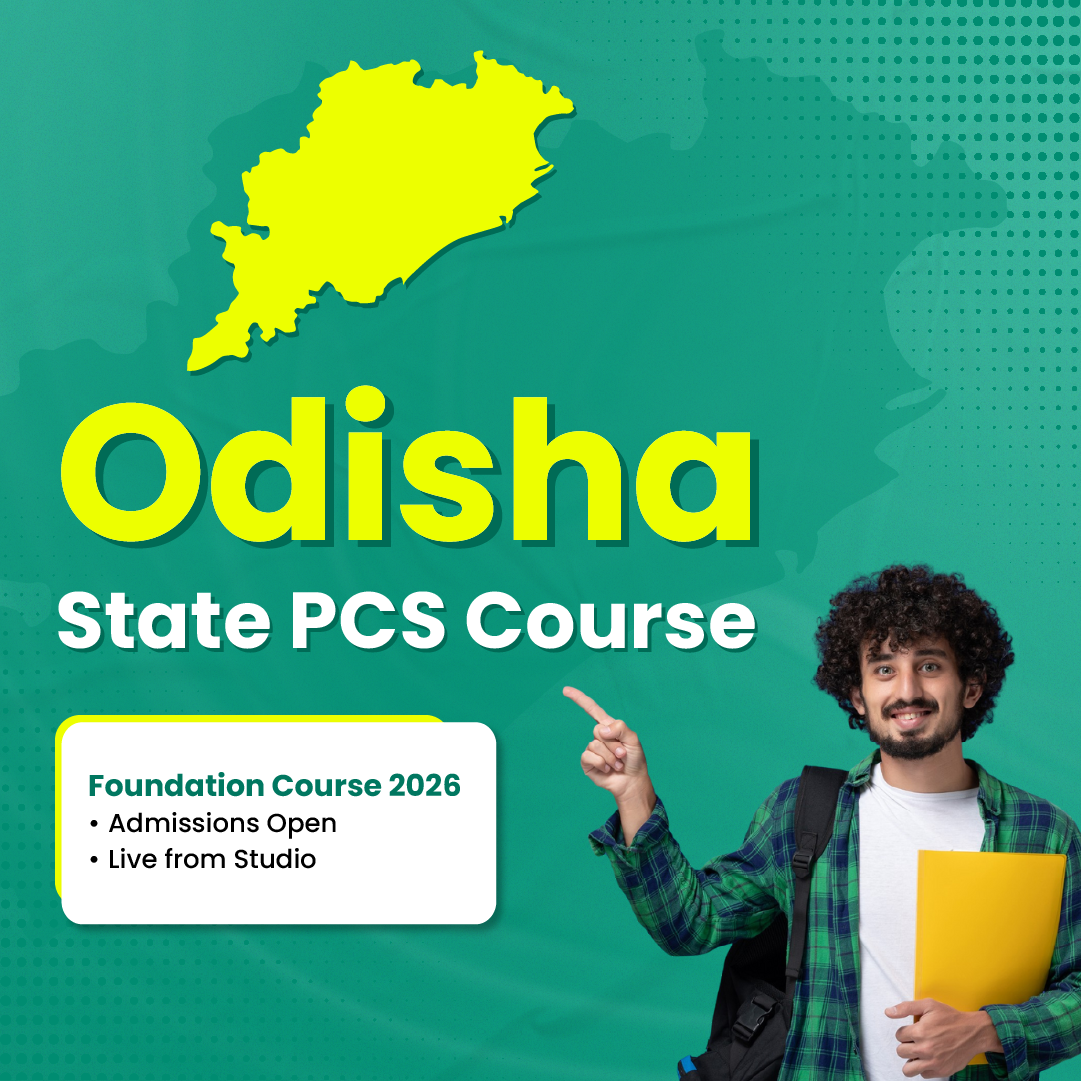



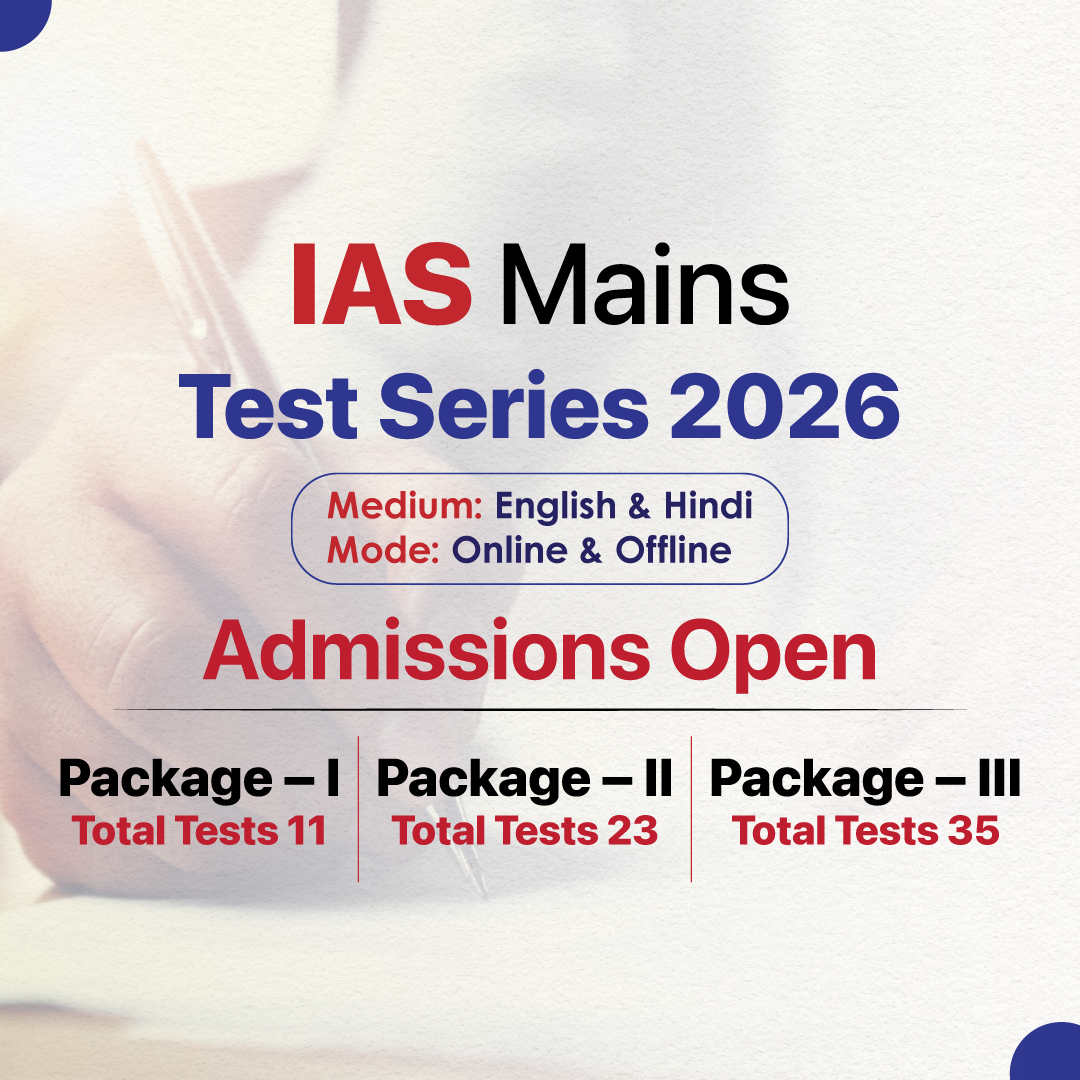

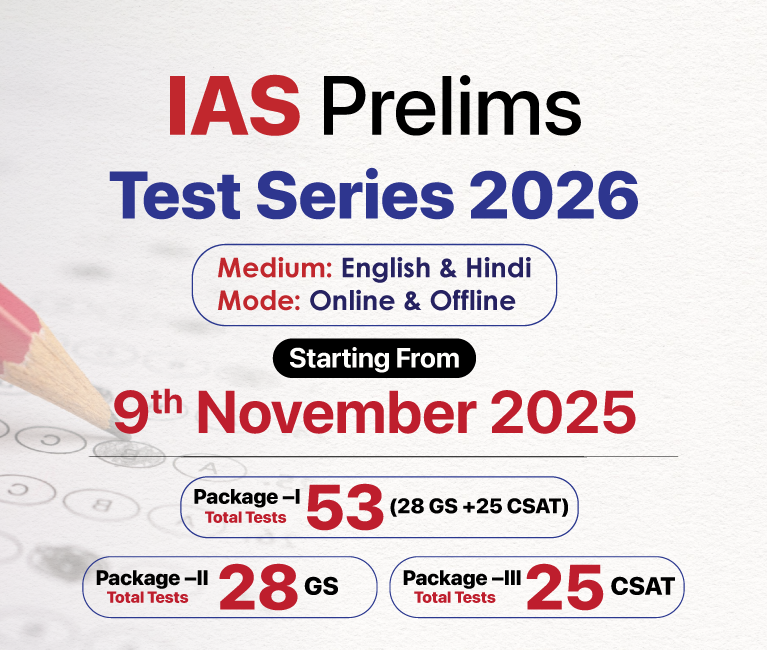


.png)


.jpg)

 PCS Parikshan
PCS Parikshan

